- Back to Home »
- 10 'endangered' travel items
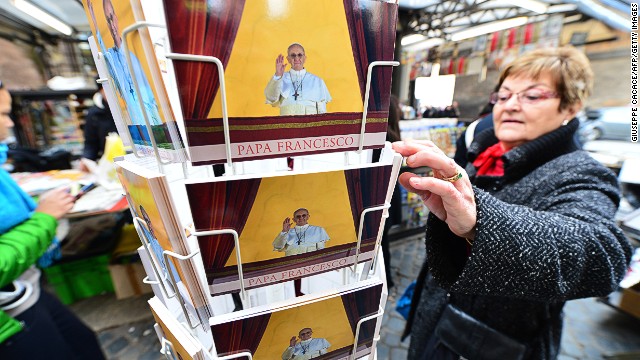 Postcards were born in the UK, in the Victorian era, and allowed vividly colored images to be sent and received for the first time. Some souvenir wholesalers now claim sales are half of what they've been in recent years.
Postcards were born in the UK, in the Victorian era, and allowed vividly colored images to be sent and received for the first time. Some souvenir wholesalers now claim sales are half of what they've been in recent years. 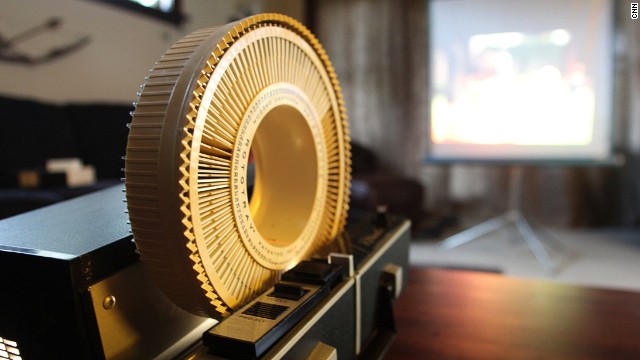 There's Mom cooking dinner outside the tent. Click. There's cousin Hannah setting the split-log picnic table. Holiday slide shows were once the cultural after-dinner mint of the suburban dinner party. The rise of camera phones and online photo-sharing is putting an end to that.
There's Mom cooking dinner outside the tent. Click. There's cousin Hannah setting the split-log picnic table. Holiday slide shows were once the cultural after-dinner mint of the suburban dinner party. The rise of camera phones and online photo-sharing is putting an end to that. 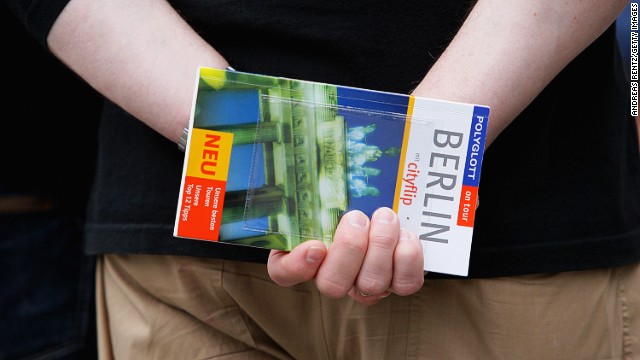 The demise of the unwieldy travel tome won't be mourned by those who feel they create homogeneity by guiding users to the same hotels/restaurants/sights. Yet filled with potted political history, culinary glossaries, maps and descriptions, few things whet the appetite for a trip like a guidebook. We'll miss that.
The demise of the unwieldy travel tome won't be mourned by those who feel they create homogeneity by guiding users to the same hotels/restaurants/sights. Yet filled with potted political history, culinary glossaries, maps and descriptions, few things whet the appetite for a trip like a guidebook. We'll miss that.  Once an invaluable portal linking home with abroad, the Internet cafe is becoming a victim of the inexorable march of wireless connectivity. Increased competition between Internet service providers in travel hotspots such as Vietnam and Thailand means finding a Wi-Fi connection is as simple as hunting down a bowl of noodles.
Once an invaluable portal linking home with abroad, the Internet cafe is becoming a victim of the inexorable march of wireless connectivity. Increased competition between Internet service providers in travel hotspots such as Vietnam and Thailand means finding a Wi-Fi connection is as simple as hunting down a bowl of noodles. 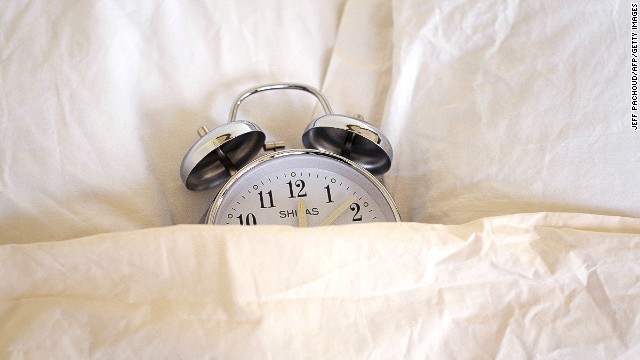 BRRRANNNG! BRRRANNNG! BRRRANNNG! Once, travel alarm clocks were simple things. Now we have apps that won't shut up when robotically reciting the day's travel itinerary.
BRRRANNNG! BRRRANNNG! BRRRANNNG! Once, travel alarm clocks were simple things. Now we have apps that won't shut up when robotically reciting the day's travel itinerary. 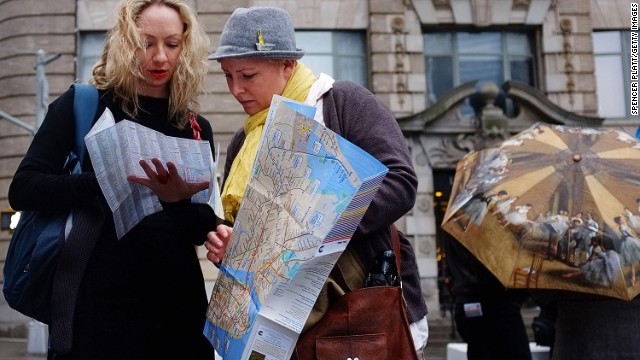 Numerous map makers have announced declining sales or have stopped production altogether.
Numerous map makers have announced declining sales or have stopped production altogether. 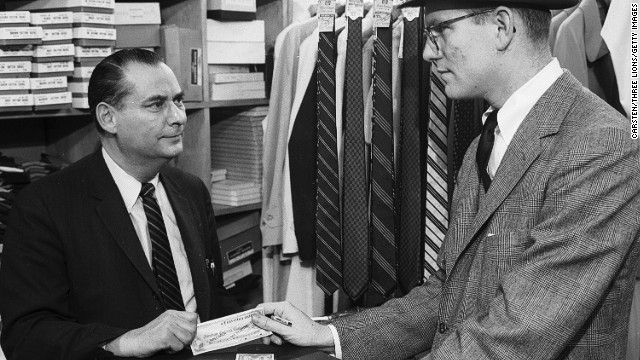 According to data from the U.S. Federal Reserve, the amount of money in outstanding traveler checks nearly halved between 1995 and 2009. They're still available, but in decline.
According to data from the U.S. Federal Reserve, the amount of money in outstanding traveler checks nearly halved between 1995 and 2009. They're still available, but in decline. 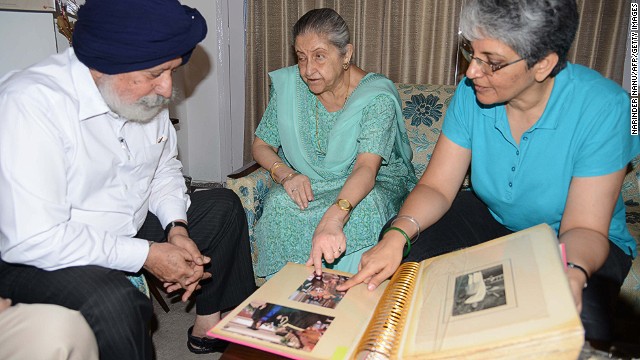 With mobile phone cameras, Facebook, Instagram and Pinterest, and sales of film cameras and film tumbling, there are far fewer paper pics to fill those dog-eared albums of family, friends and far-flung locales.
With mobile phone cameras, Facebook, Instagram and Pinterest, and sales of film cameras and film tumbling, there are far fewer paper pics to fill those dog-eared albums of family, friends and far-flung locales. 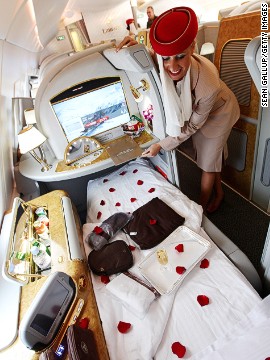
For decades, international first class has been the ultimate totem of sky-borne self-indulgence. However, with corporate travel budgets shrinking, there's a dearth of customers willing to pay eye-watering prices that often top $15,000 per person for a long-haul trip.A number of airlines have reduced their first-class offerings, re-branding them as an improved business class.
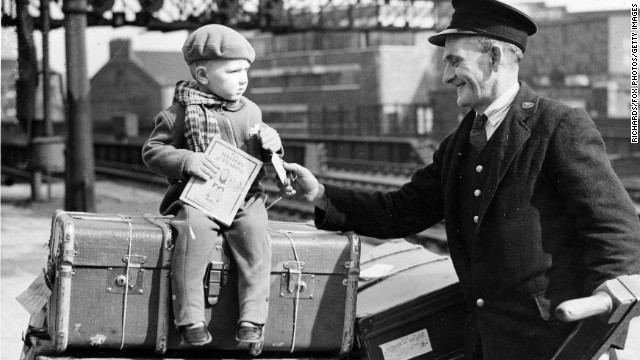 Nobody but the most vintage fixated contrarian would deny that improvements in baggage have improved the travel experience. But an irretrievable romance has been lost in the march toward a streamlined, easily wheeled future.
Nobody but the most vintage fixated contrarian would deny that improvements in baggage have improved the travel experience. But an irretrievable romance has been lost in the march toward a streamlined, easily wheeled future. - With advent of smartphone era, many once popular travel items are facing decline
- An exciting adventure following a wrong turn may be less common after fold-out maps are gone
- Bulky but beautiful photo albums are slowly being phased out
(CNN) -- Although technology cannot (as yet) eradicate crippling food poisoning or comically awkward cultural exchanges, there's little doubt that travel gets easier with the advent of every new app.
Smartphones make it simpler to find obscure backstreet restaurants or order cabs in Ulaanbaatar.
Nevertheless, the relentless march of progress hasn't been without a few regrettable victims.
Several much loved travel stalwarts are falling out of favor thanks to technology and other factors.
The following 10 are some of our most loved travel items that are slowly being replaced by modern innovations.
1. Postcards
A telling sign of a much loved item's near obsolescence is when a campaign is launched to save it.
Going by that standard, the postcard -- the object of a number of high-profile resuscitation attempts in recent years -- has been in the emergency ward for some time.
One survey last year found that while 60% of people texted friends and family back home when on vacation, only 16% sent postcards.
There's plenty of anecdotal evidence suggesting that postcards are out of favor.
"The overall, overwhelming consensus is that postcard sales are down dramatically," Matthew Tobin, president of the U.S. Souvenir Wholesale Distributors Association and executive vice president of Arts & Cards, told the Providence Journal earlier this year. "It's probably half what it used to be."
Postcards were born in the UK, in the Victorian era, and allowed vividly colored images to be sent and received for the first time.
They've had a roller coaster ride since then, with 4.5 billion postcards delivered in the United States in 1951, falling to 1.8 billion in 1980, rising again to 3.3 billion in 1990 and plummeting again to 1.4 billion in 2010. The United States Postal Service forecasts around 1 billion single-piece cards will be sent in the U.S. in 2013.
Those numbers include non-personal postcards, such as dentist appointment reminders and advertising fliers.
More: The place where two earthquakes hit every hour
2. Slide shows
Vacation slide shows were once the cultural after-dinner mint of the suburban dinner party.
Of course that dinner party might have been microwaved nouvelle cuisine and the slide show held in a "den" tastefully decorated in salmon pink and dove gray.
But there was something far cozier about sharing photos with people in physical proximity than with a collection of avatars and Facebook accounts.
In 2012, slide film became another victim in Kodak's sad fall from favor.
The world's once biggest manufacturer of film and slides recently emerged from bankruptcy, having shed most of its film businesses to focus on digital photography and printing.
The reason, it said, was lack of demand.
Fujifilm, Kodak's consummate competitor in years past, has also been killing off its film and slide film products.
Which means those Kodak moments once projected fuzzily onto your grandpa's living room wall -- there's Mom cooking dinner outside the tent; click; there's cousin Hannah setting the split-log picnic table -- are now most often enjoyed on a 2x2-inch digital screen.
3. Guidebooks
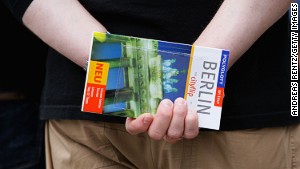
If the traditional guidebook really is in its death throes, 2013 may come to be seen as its Waterloo.
In March, after BBC Worldwide unloaded Lonely Planet for $120 million less than it paid for the brand in 2007, some began to look closely at the bigger picture.
They found that sales have declined dramatically across the industry in recent years.
In 2007, combined U.S. sales from the big five travel publishers that represent more than 80% of the market (Frommer's, Dorling Kindersley, Lonely Planet, Fodor's, Avalon's Moon/Rick Steves) were just more than $125 million, according to Stephen Mesquita's "World Travel Guides Market" report for Nielsen BookScan.
By 2012, combined sales had dropped nearly 40% to $78 million.
The UK's Automobile Association said last year it had stopped publishing and updating its travel guides due to lack of demand.
The demise of the unwieldy travel tome won't be mourned by those who feel they send everyone to the same hotels/restaurants/sights.
As well as being cumbersome they become quickly dated.
Try using "Lonely Planet: China 2010" to make your way around and you'll see what we mean.
Yet we'll miss certain things about the humble guidebook.
Few things whet the appetite for a trip like a potted political history, culinary glossaries, maps, pictures and descriptions.
Not only that, but in all their seawater-splashed, curry-stained, beat-up glory, they help recall your travels in a way smartphones never will.
4. Internet cafes
Once an invaluable portal linking home with abroad, the Internet cafe is a victim of the inexorable march of wireless connectivity.
Until just a few years back, many travelers would spend at least an hour a day trying to work out the vagaries and quirks of a foreign keyboard while tapping out missives to friends and family.
These days, however, laptops, tablets and the resulting Facebook and Instagram feeds have become an integral part of the travel experience.
The upshot has been the documented closure of Internet cafes in a number of countries, including Morocco, India, China and the UK.
Increased competition between Internet service providers in travel hotspots such as Vietnam and Thailand means finding a Wi-Fi connection is as simple as hunting down a bowl of noodles.
More: 8 of the world's cutest, coziest, wintriest scenes
5. Alarm clocks (analog)
Travel alarm clocks were once simple things.
A clock inside a fold-up case that beeped or buzzed a few times then shut up, leaving sleepers to awaken only when the midday power cut knocked out the one-speed fan.
Now, of course, there's an app that won't stop announcing the day's itinerary.
A 2008 survey by hotel chain Travelodge claims that, in Britain at least, mobile phones have replaced alarm clocks as the morning's first noise.
Judging by the furors unleashed when thousands of irate iPhone users have blamed their overnight software upgrade for an alarm fail, it's clear the phone hasn't only replaced the alarm clock in huge numbers, it's sometimes less effective.
Those compact clocks that clam-shell to the size of a bar of soap are missed.
Because if nothing else you could at least ignore them.
6. Fold-out maps
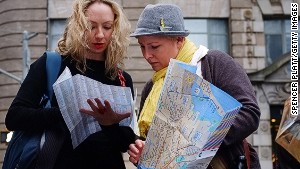
With their carefully cartographed hills, cartoon monuments and indecipherable symbols -- is that a toilet or a flower vendor? -- fold-out maps have a pirates' treasure feel to them.
But that's not enough to keep them on top.
The California State Automobile Association closed its paper map business in 2008 while its online travel planner was showing double-digit growth.
The UK's Ordnance Survey, the national mapping authority, announced a sales drop of 25% between 2005 and 2010 as people opted to use smartphones and GPS units.
For better or worse, the days of fighting with a flapping map by the side of a road in a force seven gale are becoming less common.
7. Travelers' checks
The simplicity and ubiquity of the ATM are helping put an end to those awkward conversations with foreign merchants about where you can exchange travelers' checks for real money.
According to data from the U.S. Federal Reserve, the amount of money in outstanding travelers' checks more than halved from a high in 1995 of just more than $9 billion to around $3.6 billion in October 2013.
That said, $3.6 billion isn't chump change.
For those who like to buy things the old fashioned way, travelers' checks can still be useful in many places.
Banks still sell them, as does American Express. Many hotels still accept them.
And if you're interested in currency speculation you may even make a few extra cents from their fixed-at-the-time-of-purchase exchange rate.
More: Best places to see the Northern Lights
8. Photo albums
With mobile phone cameras, Facebook, Instagram and Pinterest, and sales of film cameras and film tumbling, we've all got far fewer paper pics to fill those romantically fading albums of family, friends and far-flung places.
9. Airline first class
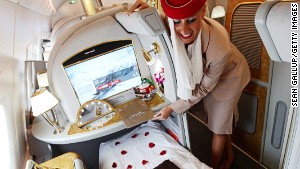
The "decline of first class" has been making headlines since 1986 -- but it's only since the global financial crisis in 2008 that belt-tightening by airlines has been serious enough to make a world without first-class air travel seem plausible.
Due to smaller business budgets and subsequent decline in sales for this most premium of offerings, many airlines are cutting back their international first-class services.
First class is still available, and it's still a totem of sky-borne indulgence, with prices that often top $15,000 per person for a long-haul trip.
Singapore Airlines offers a private suite with a double bed and champagne, while Air France offers a contemporary art gallery on select planes.
But frequent travelers, and more importantly their bosses and accountants, seem to be more often willing to "downgrade" to business class.
10. Traditional steamer trunks
Nobody but the most vintage-fixated contrarian would deny that improvements in baggage have improved the travel experience.
But it's clear that something is being lost in the march toward a streamlined, easily wheeled future.
The traditional steamer trunk, first conceived when a young Parisian by the name of Louis Vuitton designed something called the "slat trunk," isn't entirely absent from the luggage carousels of today.
But with top-end models tailor-made by LV today going for up to $30,000 apiece, it's little wonder most travelers opt for lighter, cheaper, wheelier versions. ("Why bother with wheels when you have servants?" the trunk crowd may be heard mumbling.)
There's no convincing data on steamer trunk sales available, but these once essential travel boxes are feeling more and more like a relic of a bygone era.
Which is a shame -- an old school travel trunk was emblematic of the traditional "grand tour."
Plastered with stickers from the French Riviera to the Orient, travel trunks may have been tough to carry, but they were undeniably raffish and an integral symbol of a time when the romance of travel was at its peak and the world seemed more alive with mystery and possibility.
More: 20 most annoying things people do on planes
What old-school travel items do you miss? Tell us below.







